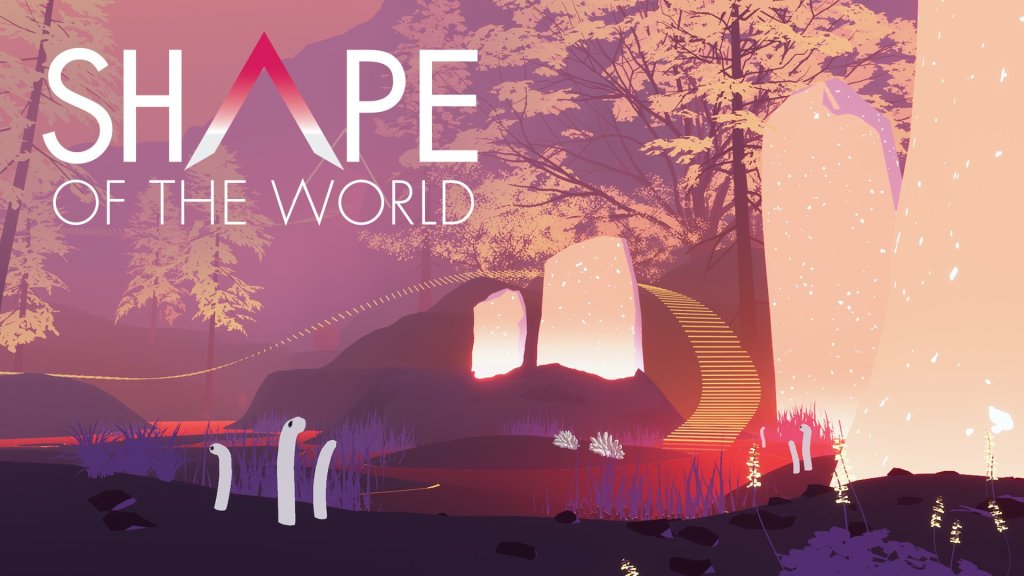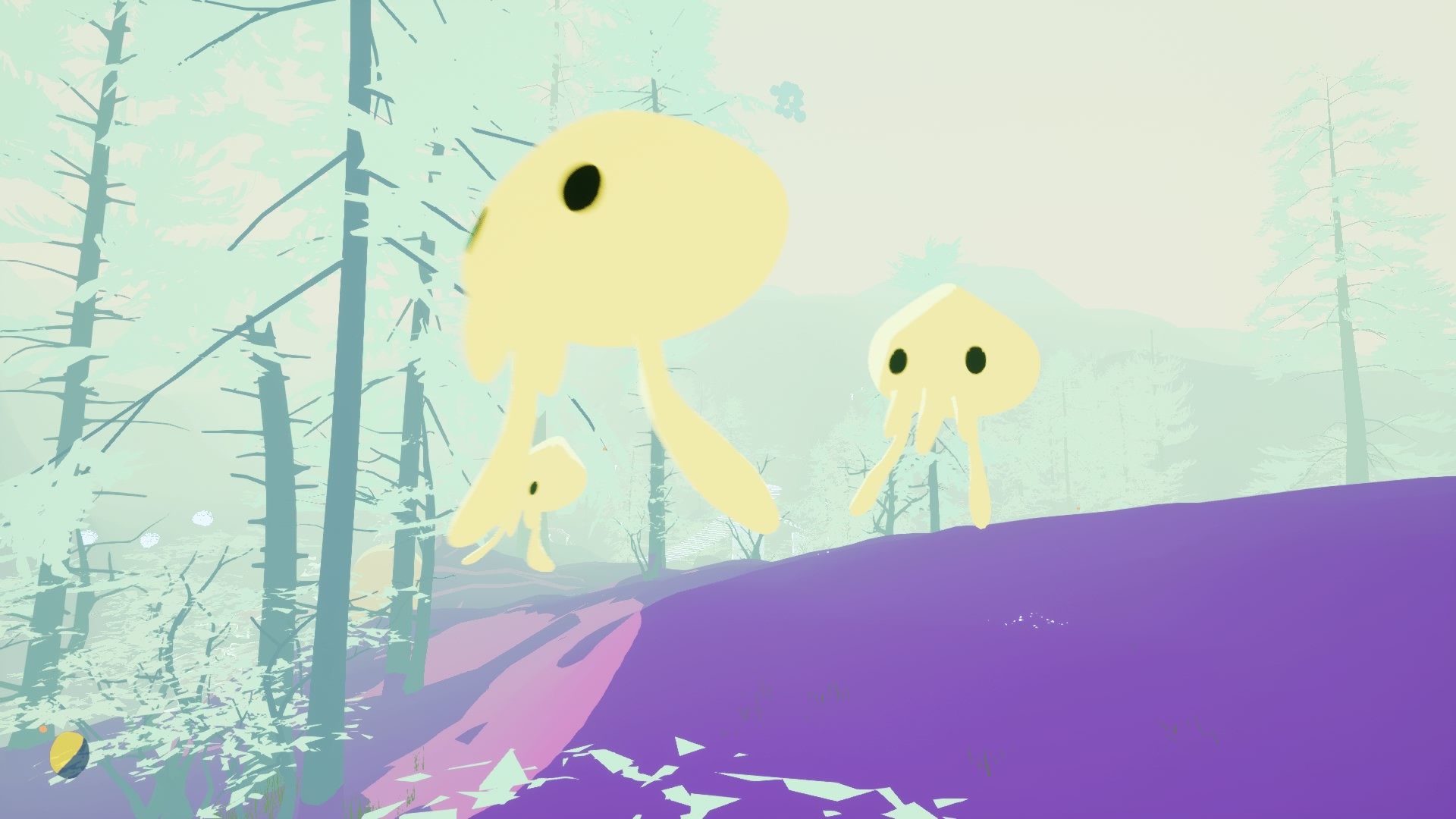Those expecting a story about a half-fish man that falls in love with a cleaner should look elsewhere. No, Shape of the World is a first-person exploration game that procedurally generates its surroundings as you traverse through woodlands, swamps, rainforests, and more. Bursting with colors from start to end, SOTW is a creative and deserved title, as the world really does mold around the specific path chosen.
Starting in complete emptiness, a triangle glows in the distance, begging to be examined. Slowing traversing through the blank canvas the image becomes better clear. Snow covers all manner of life and not until a handful of rocks wisp past does interaction become required. Shattering the earths crust, large broken-like columns rise out prompting the player to press R2 thus, lighting up the pillars, and making a stairway materialize above. Climbing on, the pace builds up as you’re pushed towards the luminous shape. Stepping through engulfs the screen in absorbing color as the world begins to grow and you’re introduced to what SOTW is all about. Built by a small team of developers, the intention is to give players that sense of being lost but in a relaxing and tranquil approach. It’s a tall order considering being lost normally entails stress, confusion, and terror.

Music plays a huge part of this and is implemented shrewdly. Wandering through the rainbow selection of procedurally-generated environments offers moments of peace that allow upon reflection. Here, when still, music will cut out adding to the peace before the camera slowly pans to show all of nature at its best; the lack of music proves to be most powerful. In stark contrast there are chords very evocative of Blade Runner that add to the mystery, whilst questioning what is actually happening. Otherwise music plays well into the landscapes, if not slightly overbearing at times. Recommended for play is to lock out all light and indulge through headphones. Where this is clearly the best option to appreciate the bombastic colors, be warned; headphones did yield headache-inducing moments due to audio not letting up.
The Lack of Music Proves to Be Most Powerful
Apart from a number of different plants constantly spewing in every direction, you do encounter a number of interesting animals. Most prominently are different types of jellyfish appearing in all shapes and sizes. Making contact with one of these creatures will force them into the heavens in quite a humorous if not, possibly unintentional way. The only enemies that pose any sort of threat are the much larger jellies (which oddly look like hills from Super Mario Bros.). With no real weakness—unless you glitch inside their bodies and make them implode like a deranged Ant-Man—their only attack will try to shove you off-course.
Entering into the abstract world with very little control serves to the overall gameplay fittingly. Early on the ability to throw seeds (L2) is granted, which enables players to grow trees. By interacting with trees, movement is increased by way of a small jump; you can only imagine the fun once you reach a forest. As mentioned, there are different objects to be found that will light up, creating a walkway. Effectively these are your puzzles, which upon completion link up to the next pyramid before painting the whole area anew again. Where something like Firewatch offered small tasks that changed in variation, SOTW keeps it the same throughout its 2-3 hour adventure. This would not be an issue if the particular puzzle chosen was constantly engaging. Alas, even in the short time it takes to complete, it gets monotonous far too fast.
Surprisingly what gave the most enjoyment were the staircases that loop around the environment due to their change in speed, picture-perfect views, and forced concentration not to fall off—similar to a rollercoaster simulation. Located in strands of five, there are also collectible plants (viewable in the pause menu) that act like the pyramid shapes and change up the color of the world.
Comparisons will no doubt flood to that of Journey, and where that may seem lazy, you can see why with what both are trying to achieve—their stories are limited with interpretation very up for debate. The downside of being compared to Journey is the quality difference is plainly apparent. Furthermore, the classic video game issue of falling through the stage only to be forced into restarting from the latest checkpoint reared its ugly head. In the first instance where the stage became darker and abyss neared closer, you’d be forgiven for thinking it was deliberate. Another issue faced is replayabillity because on second playthrough there was little to no difference from the main track, albeit a different color scheme. Getting lost is definitely achievable, but takes some work meaning most will rarely stray from the main course.
Promising a world where you can get lost and yet find peace is a hard sell, though when everything falls into place, Shape of the World provides some noteworthy moments. Expressed remarkably well through the environments in terms of music, where the task at hand may not enthrall players for longevity, the use of color takes advantage and gives charm. As captivating as the greenery and creatures are, it’s the bugs internally that regrettably let this high-aspirational adventure falter.
Shape of the World review code provided by publisher. Version 1.01 reviewed on a standard PlayStation 4. For more information on scoring, please see our Review Policy.
-
Bright and vibrant worlds with colors that pop
-
Music is implemented shrewdly
-
Monotonous gameplay
-
A few bugs that need ironing out
-
Little to no replayabillity
Shape of the World - Screenshot Gallery
-
Shape of the World Screenshot 1
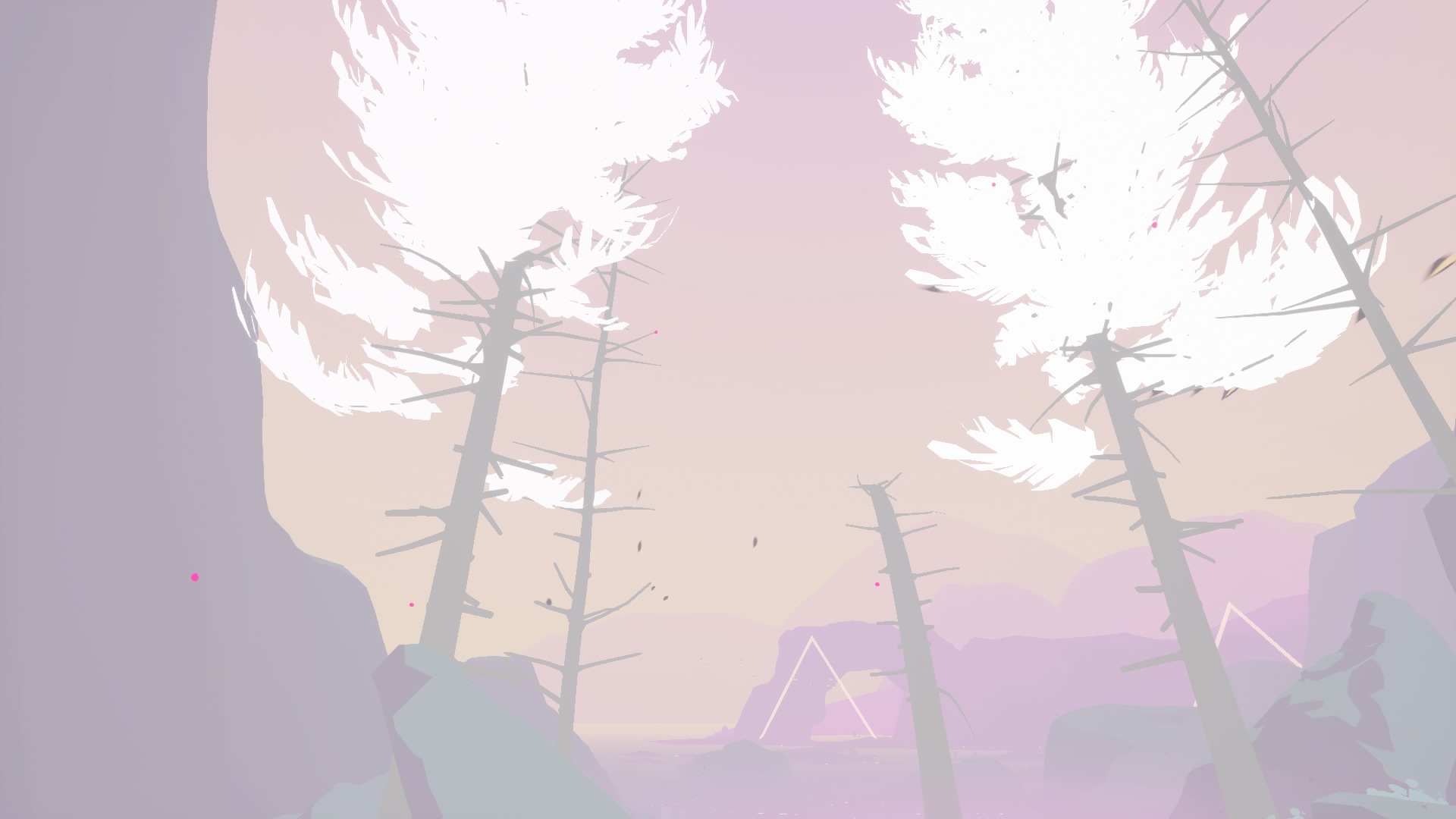
-
Shape of the World Screenshot 3

-
Shape of the World Screenshot 4
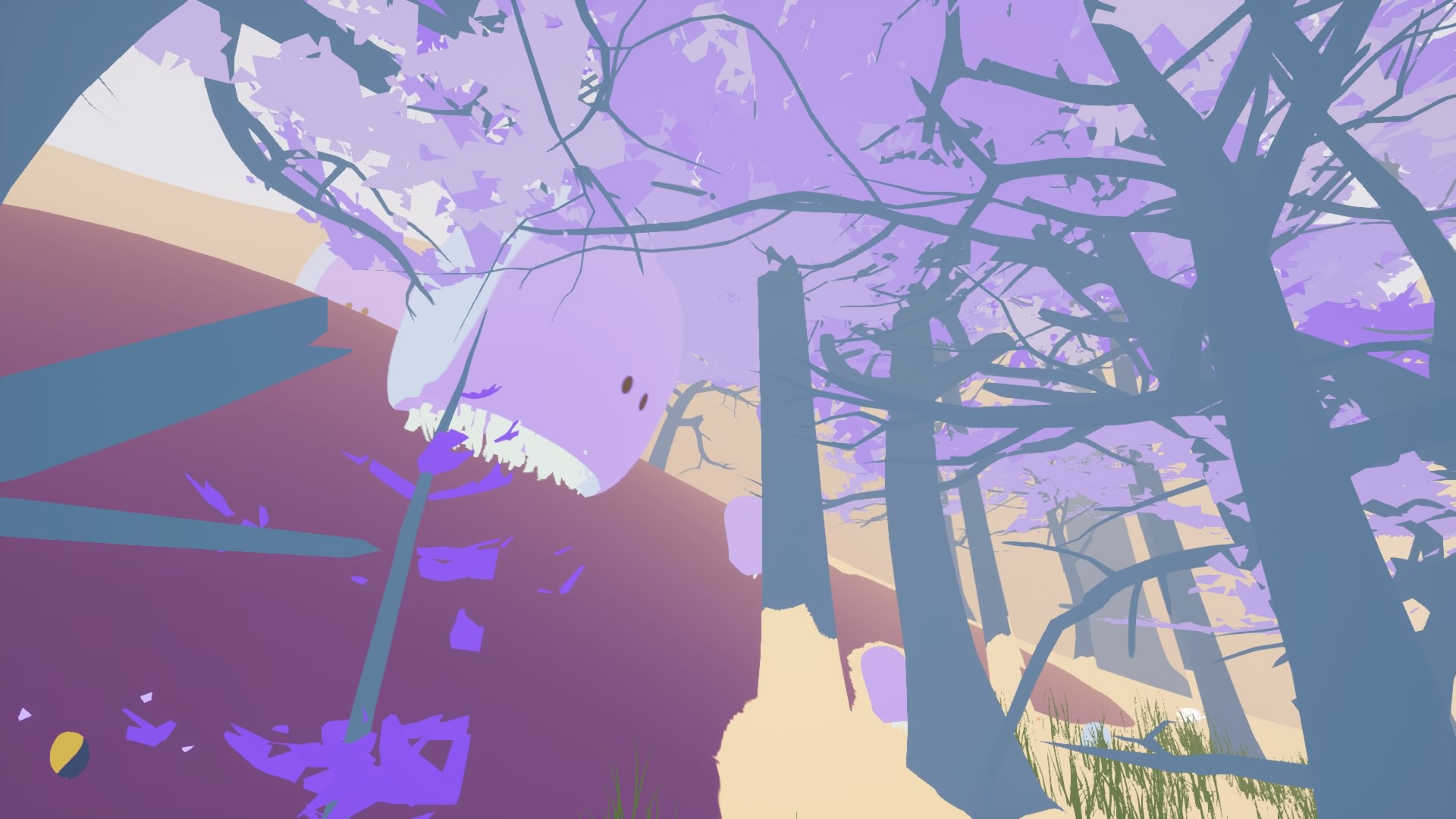
-
Shape of the World Screenshot 5
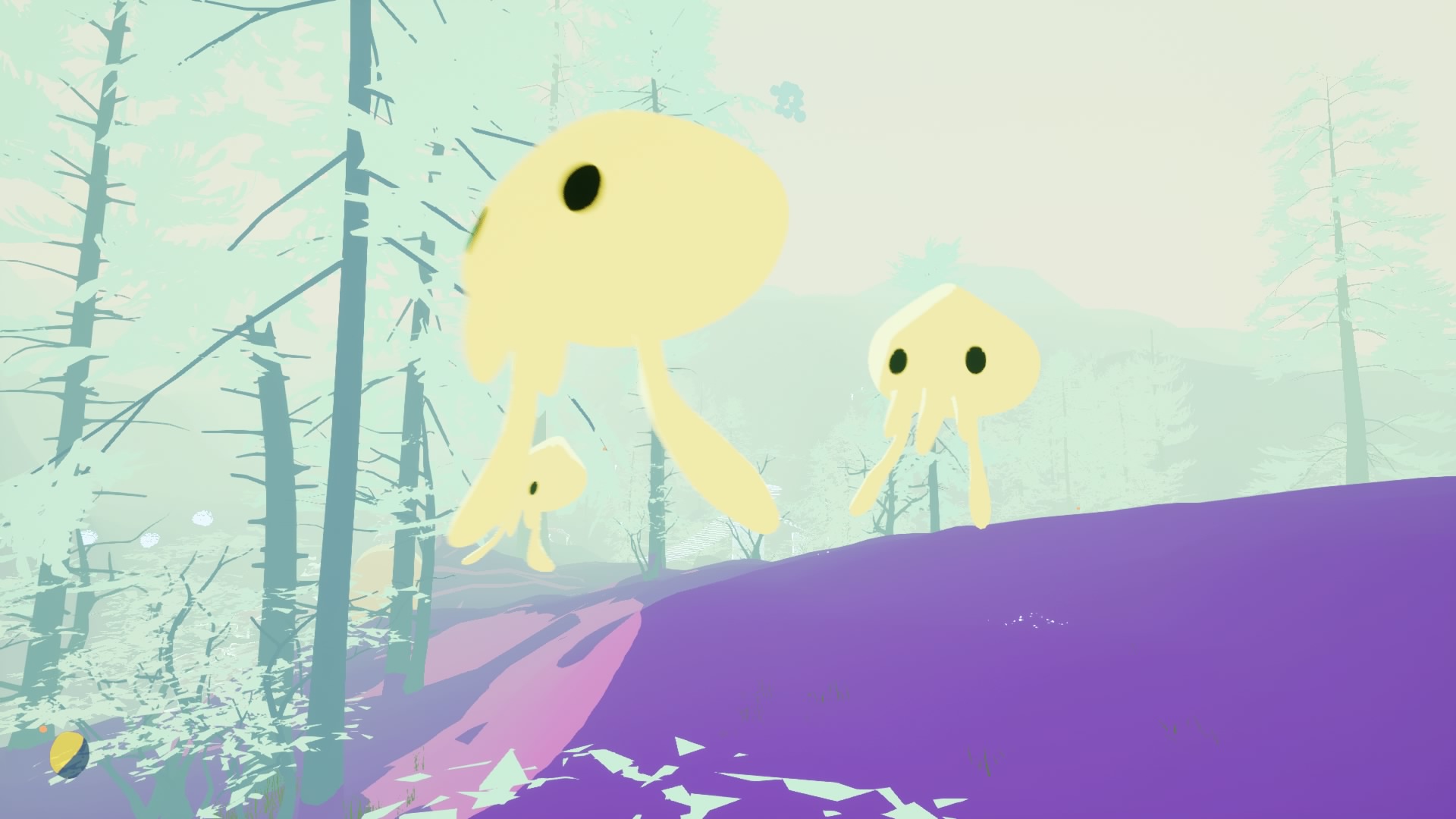
-
Shape of the World Screenshot 6
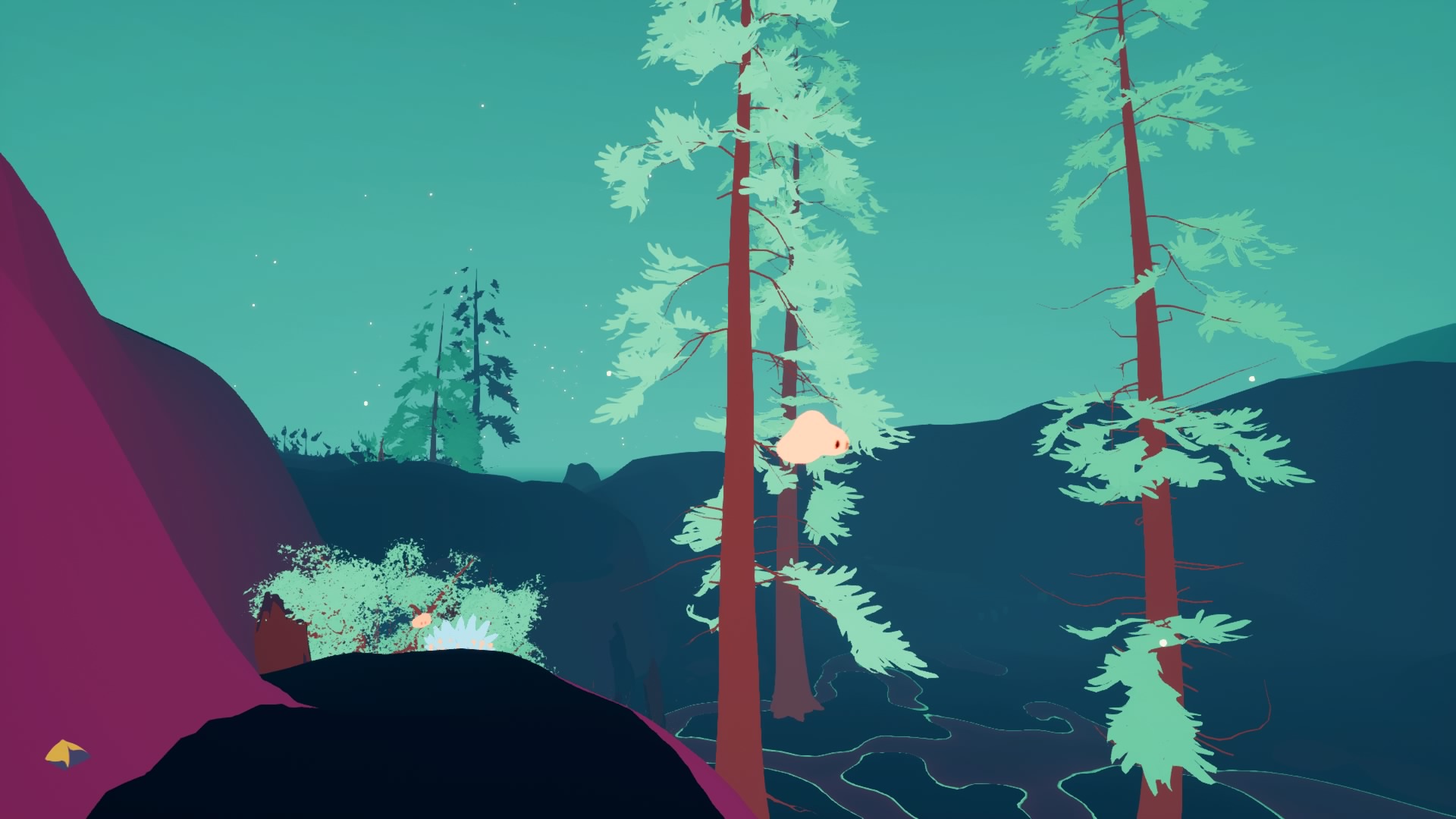
-
Shape of the World Screenshot 7
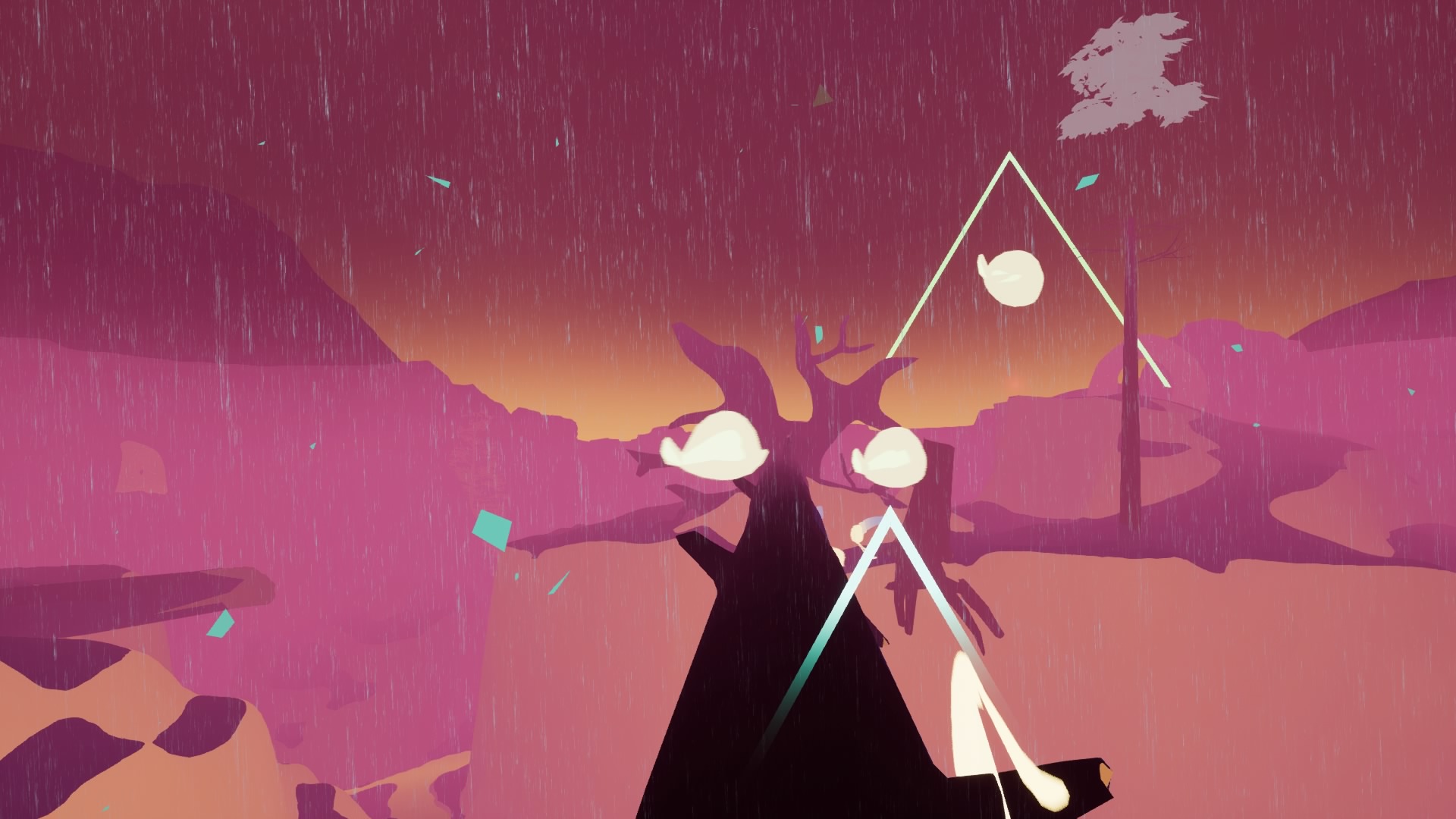
-
Shape of the World Screenshot 8

